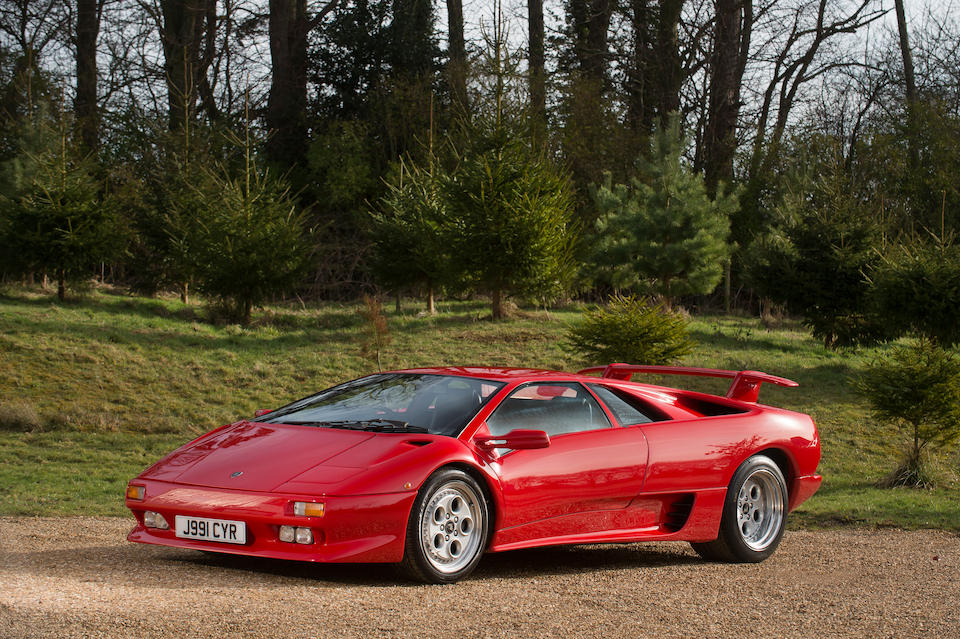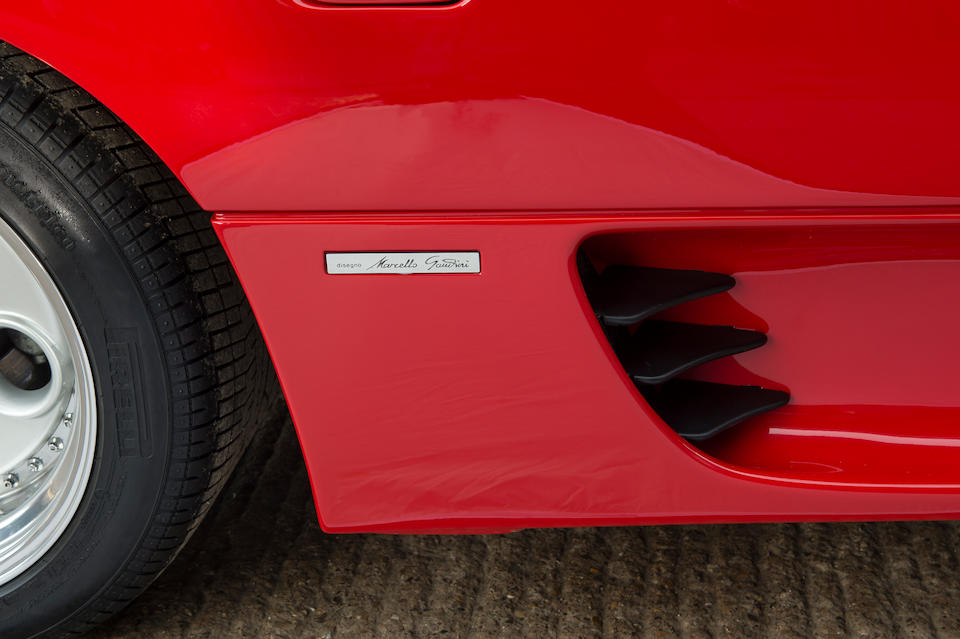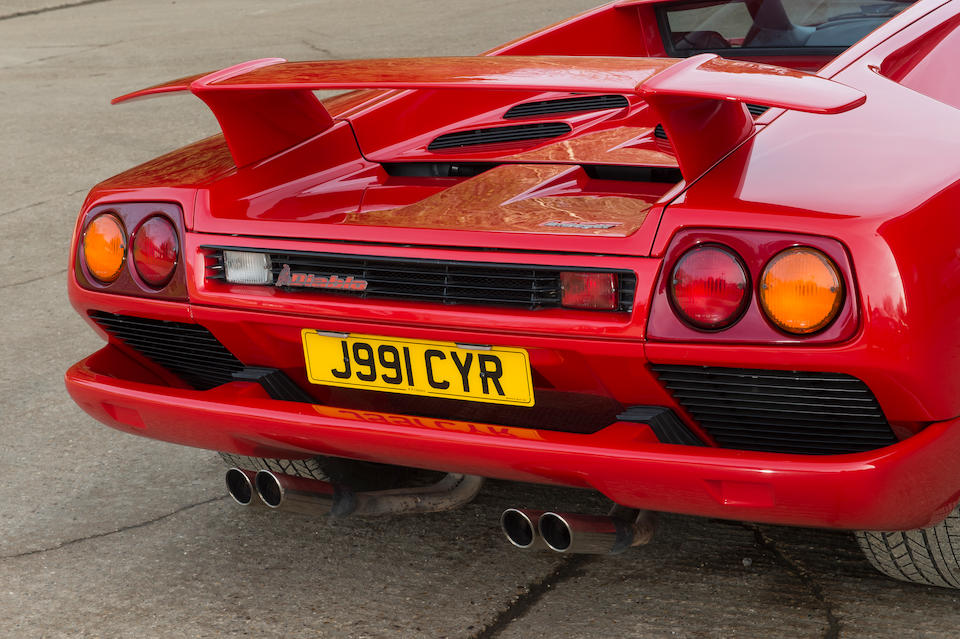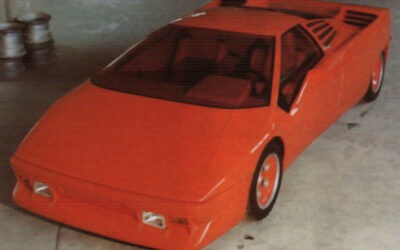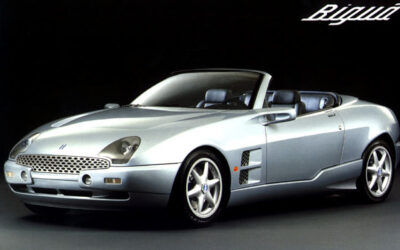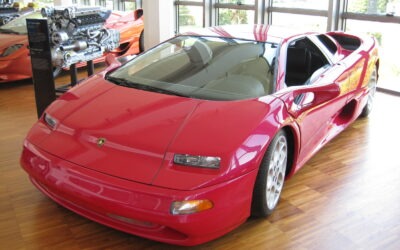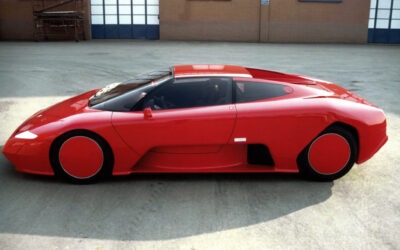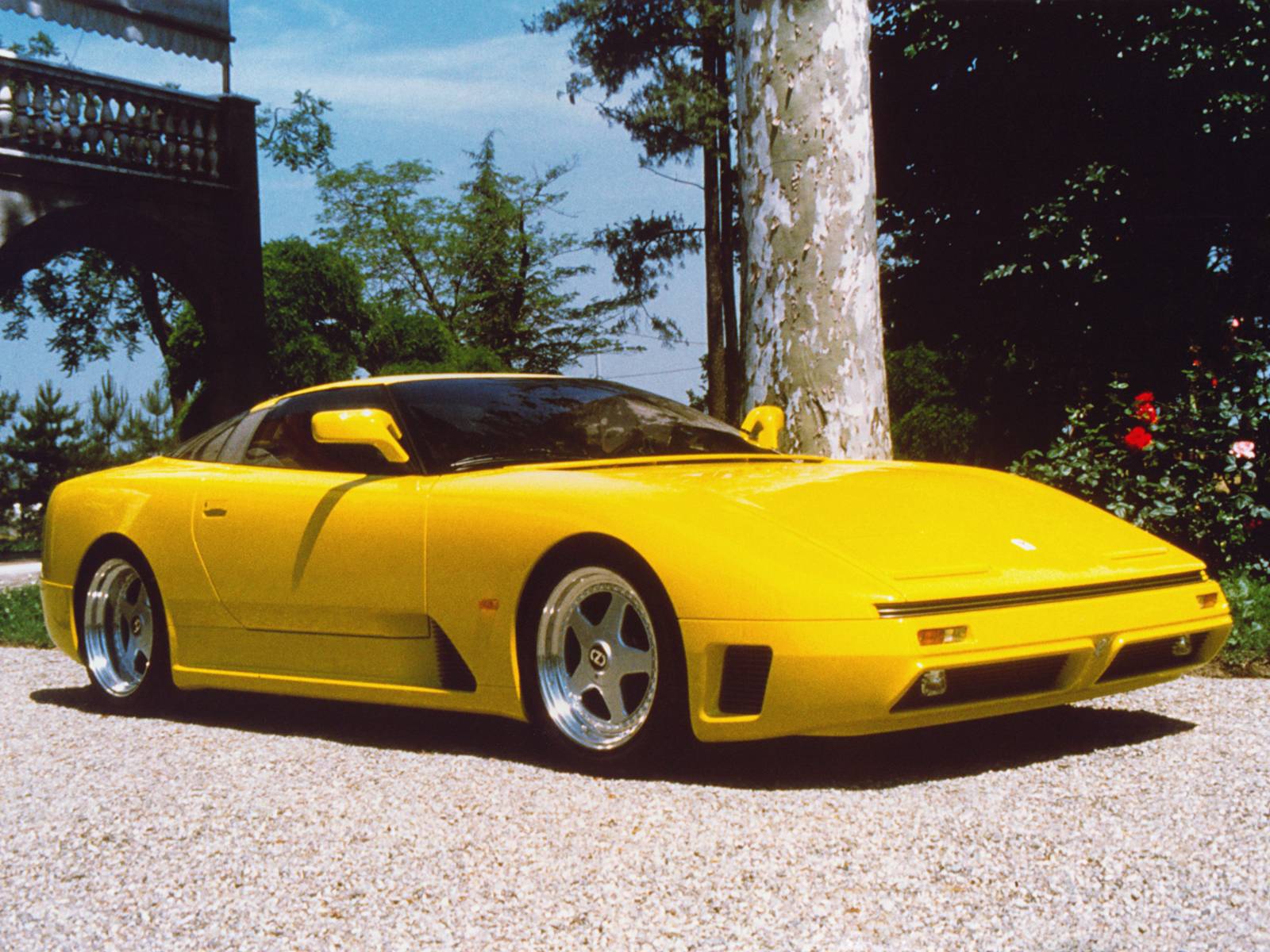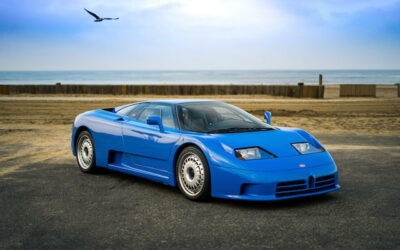The Cizeta V16T: A Dream Come True
The allure of the Cizeta is encapsulated in the name V16T, which stands for a transverse V16 engine. In the 1980s, making 16 pistons, 16 connecting rods, 64 valves, eight camshafts, two crankshafts, two fuel pumps, and all connected components work in perfect harmony seemed a desperate undertaking. However, the ones who succeeded were not a renowned car manufacturer with a powerful technical department, but a small group of men with limited resources and great ingenuity.

